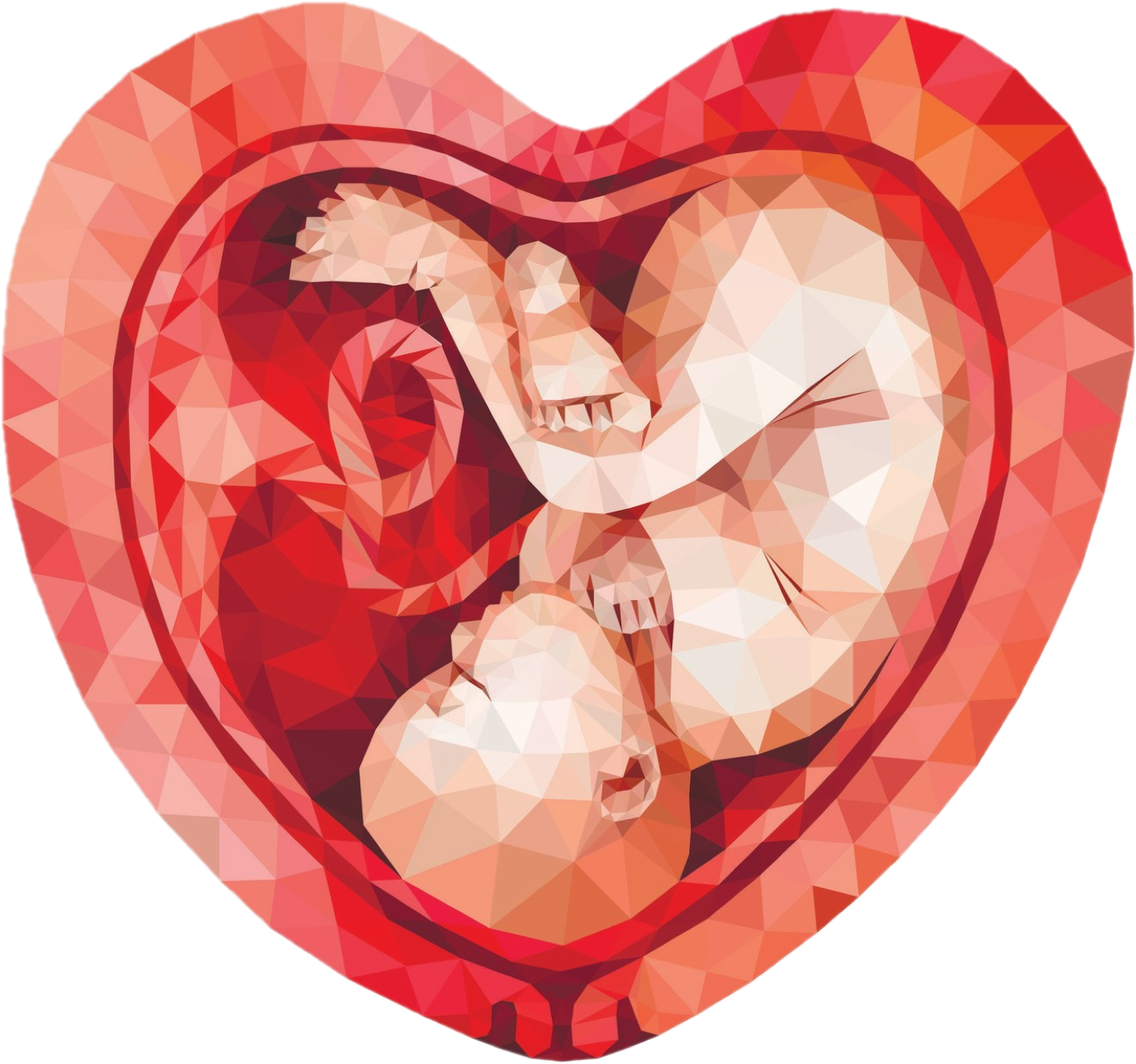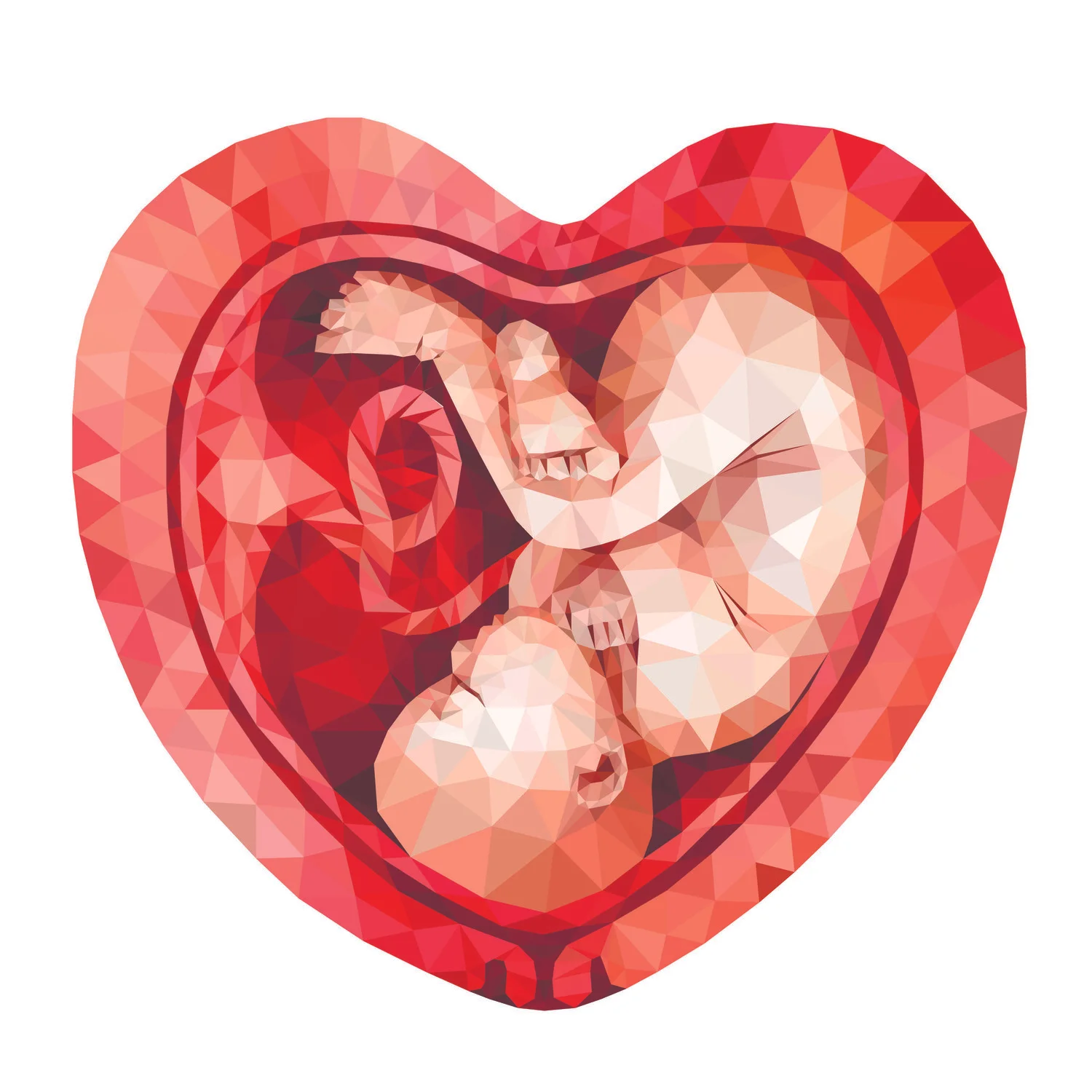Using Artificial Intelligence to Better Understand Placenta-Mediated Disease
Histopathology is the study of changes in tissues caused by disease. When applied to the placenta, histopathology can be a powerful tool to examine alterations in placental structure at the cellular level, caused by developmental abnormalities and/or placental damage across pregnancy. In both a clinical and research setting, applying histopathology to human placental tissues can allow us to better understand the underlying disease processes in cases of placenta-mediated disease, such as preeclampsia and fetal growth restriction. Further, the results of a placenta histopathology examination can aid in the post-partum diagnosis of disease and can inform clinical management of the mother and infant in the post-partum period and beyond. However, there remain challenges in the application and interpretation of placenta histopathology, including: variable degrees of specialized training in the field of placental histopathology across institutions, a high degree of variability in reported findings across pathologists and institutions, heavy clinical workload, lack of effective translation of findings to a broader stake-holder audience (e.g. obstetricians, neonatologists, patients, researchers).
In strong collaboration with the Department of Pathology at the Children’s Hospital of Eastern Ontario, the Placenta Lab is working to improve the workflow, utility and accessibility of placental histopathology (see here), with an aim of improving its clinical and research impact. One “outside of the box” approach we are taking is to apply computer aided analysis, specifically machine learning, to streamline the process of placenta histopathology and to minimize the degree of inter-observer variability. In so doing, we hope to move the fields of placental biology and maternal-fetal medicine in the successful direction of several other areas of medicine which have effectively implemented computer aided clinical diagnostics (e.g. breast cancer image classification).
We currently have several ongoing projects, in collaboration with Dr. Adrian Chan (Carleton University) in which we are applying a machine learning approach to the field of placenta histopathology:
· Supervised machine learning approach - classifying images based on pre-determined clinical label:
1. Using deep learning (convolutional neural networks) to classify cases of placenta-mediated disease.
2. Using a non-deep machine learning classifier (support vector machine) to classify cases of placenta-mediated disease.
· Unsupervised machine learning approach – cluster and classify images based on visual features alone:
1. Using K-means clustering to blindly cluster images based on computer-extracted characteristics of the images.
The goal of the supervised experiments is to produce a computer-guided diagnostic tool that can quickly analyze placenta images and identify various placenta-mediated diseases with a high degree of reproducibility. This has the potential to greatly impact clinical practice in addition to producing objective metrics relevant to the study of placenta-mediated diseases (e.g. vascular density). The goal of the unsupervised experiments is primarily inquisitive in nature, hoping to better understand patterns of damage seen in placenta-mediated disease, possibly uncovering distinct subtypes of disease that can be targeted therapeutically using an individualized approach.

